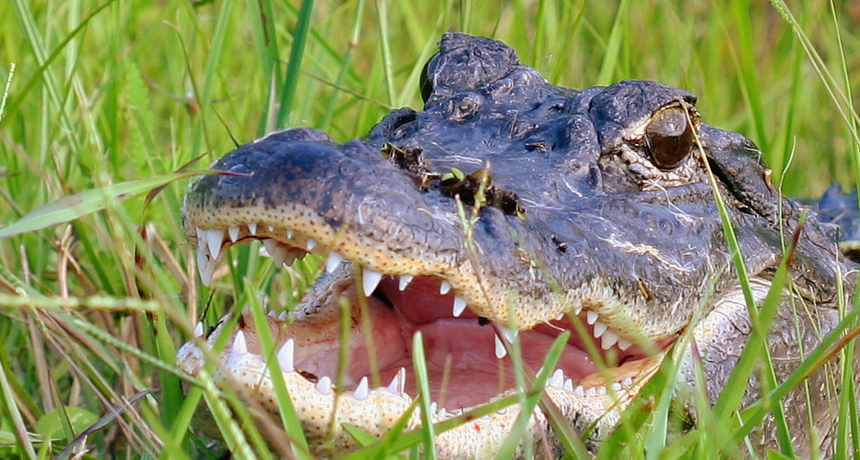The secret behind the alligator’s toothy smile
Dental stem cells enable the reptile to grow new teeth every year

SEE YOU LATER, ALLIGATOR TEETH A band of stem cells in alligators' jaws enables them to replenish each of their 80 teeth about once a year.
Mary Keim/Flickr





